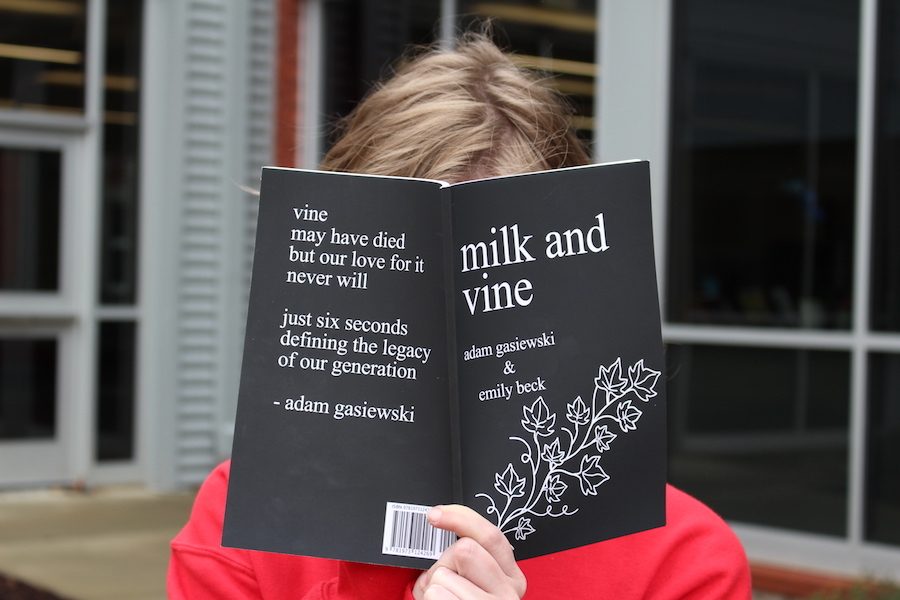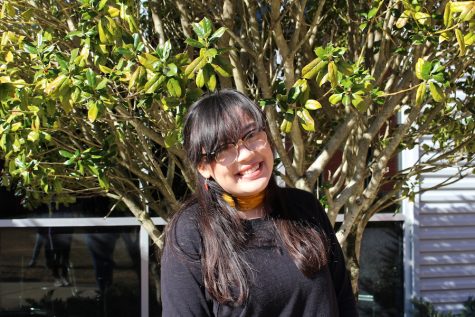The Death and Rebirth of Vine
January 10, 2018
Vine, the 6-second video platform owned by Twitter, was shut down after 4 years of content in January of 2017 . Vine was known for its comedic and musical skits and shorts. People such as Shawn Mendes and Ruth B, both top charting musical artists, started out on Vine.
Bob Jones sophomore Jordan Cunningham said, “It’s only six seconds in a video and you have to be creative and hilarious in that amount of time.”
With the “death” of Vine, Vine stars (Viners) moved to other social media platforms such as Instagram, Youtube, and Snapchat.
Bob Jones junior Ashton Jah said, “Vine is for people who like to live in the past.”
However, Bob Jones junior Chenoa Gentle, said, “[Vine is for] keeping me alive.”
Lovers of Vine went on to make Twitter threads of their favorite Vines or compilations of their favorite Vines on Youtube. “Milk and Vine”, the parody of “Milk and Honey” by Rupi Kaur, a popular poetry book, was a best seller on Amazon. “Milk and Vine” is a collection of Vines written as if they were poetry with accompanying illustrations.
Dom Hoffman, one of the creators of Vine, announced he was working on a project called V2 in December 2017.
“[Vine is supposed] to make you feel happy when your life is crumbling around you but you will always have Vine. Until we didn’t,” said Bob Jones senior Jane Newberry.
Vine has obviously struck a chord with a generation, but does that mean V2 could stay afloat?
Many critics of V2 pointed out that the same reasons that Vine died in the first place could ruin V2.
There are multiple theories as to why Vine really died in the first place.
The first theory is that it could not compete with other social media platforms. Those on Youtube, for example, have a much simpler path to making a profit through ads and sponsorships on the well-established site. For example, the highest paid Youtuber, DanTM (Dan Middleton), made 16.5 million dollars in 2017.
Content creators on Instagram have more versatility in their posts and can interact easily with their fans. It is rumored that Viner-turned-internet celebrity, Logan Paul, makes 80,000 dollars on a sponsored post on Instagram.
Meenu Bhooshanan, a Bob Jones senior, said, “Vine, in terms of creators, served as a stepping stone for them to expand to YouTube, for better or for worse. David Dobrik, Liza Koshy, Gabbie Show, Paul Brothers, and a slew of others less known all used Vine as a stepping stone. It seems like the other creators have tried to use YouTube to expand their Vine tactics, and it doesn’t work: different medium and different audience.”
But now that most Viners have gone to other platforms, it is unlikely that they will come back to it.
Another theory is that Vine never made enough money to be profitable. Almost every successful social media platform uses advertisements, yet Vine never did so. Unless Dom Hofmann can attract advertisers to his platform, it seems unlikely that V2 will last long. Twitter cut Vine, as well as laid off 300 employees to increase profits, as they had never received an annual profit in their existence.
But what could keep V2 afloat? Not just bringing back the old creators, but new ones too.
“V2’s success depends on those who use the app. It will take off but most likely won’t match up with the original,” Chloe Smith, a Bob Jones senior, said.
Out of 98 Bob Jones students surveyed, 57% said they would use V2, with 42% believing that Vine is important.
Vine is an art form. The Los Angeles Times compared Vine to the “six-word story” popularized by Ernest Hemingway.
Bob Jones senior Becca Fraley said, “Vine is for everyone, that’s one reason I love it. Regardless of some social media standards and norms today, people of all ages used Vine.”
Vine also brought many people of color (POC) creators to fame, such as King Bach, Lele Pons, and Nathan Zed.
Vine has been a medium for POC creators to tell stories, such as Antonio French in his documentary on the riots in Ferguson, or even create slang, such as the use of “on fleek” by Peaches Monroee, which launched the phrase into the vernacular of teenagers all across the country.
Civil rights activist DeRay Mckesson tweeted, “I’ll always love Vine b/c that was all we really had in protest in the Fall 2014. There was no Twitter video & no Periscope back then.”
However, Vine can also breed some of the worst celebrities. Logan Paul, a famous Viner and Youtuber, recently came under fire for filming a corpse in Japan, as well as being disruptive to his real life neighbors.
The sad reality is that the internet rewards people like Logan Paul, who profit off sensationalist, dramatic, exploitive media. Even with this scandal, it is likely that Logan Paul will be able to continue his career unscathed. Even before he took down the video in the suicide forest, it had over 6 million views. If V2 were to emerge, there would need to be a large culture shift with both its content and its creators.
Vine has been criticized for continuing prank culture, where unbeknownst bystanders are pranked without realizing they’re being filmed. Yet, Vine still has cultural weight, and has continued to be relevant after a year of its end.
Bhooshanan said, “I have been asked many a time, ‘Have you seen that vine?’ It serves as short, blunt comedy that can be shared quickly and easily between friends.”
Just like every platform, Vine has good and the bad. It is up to the creators and leaders of V2 to make sure content creators are held accountable, and for the app developers and the content creators to continue to innovate.


